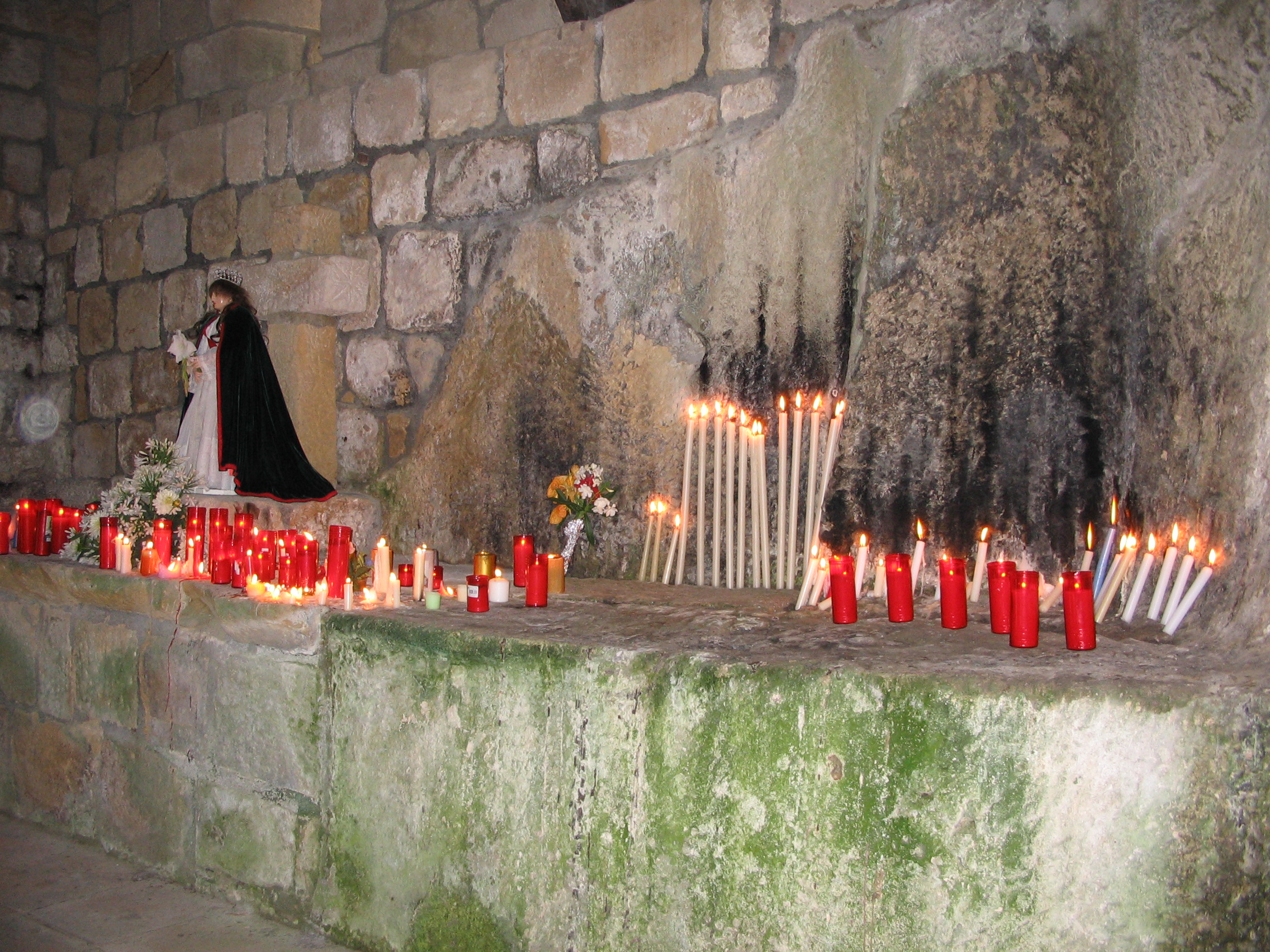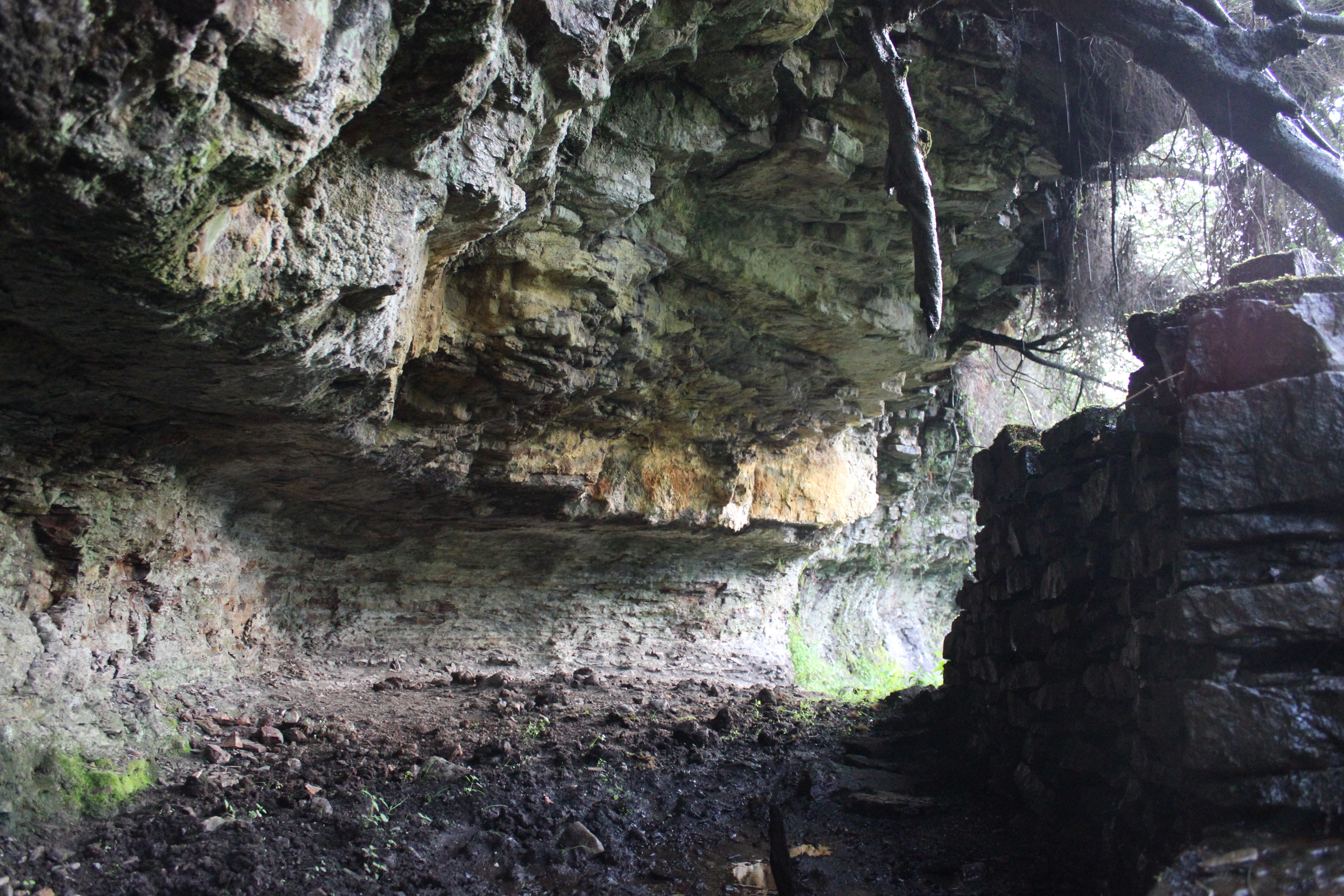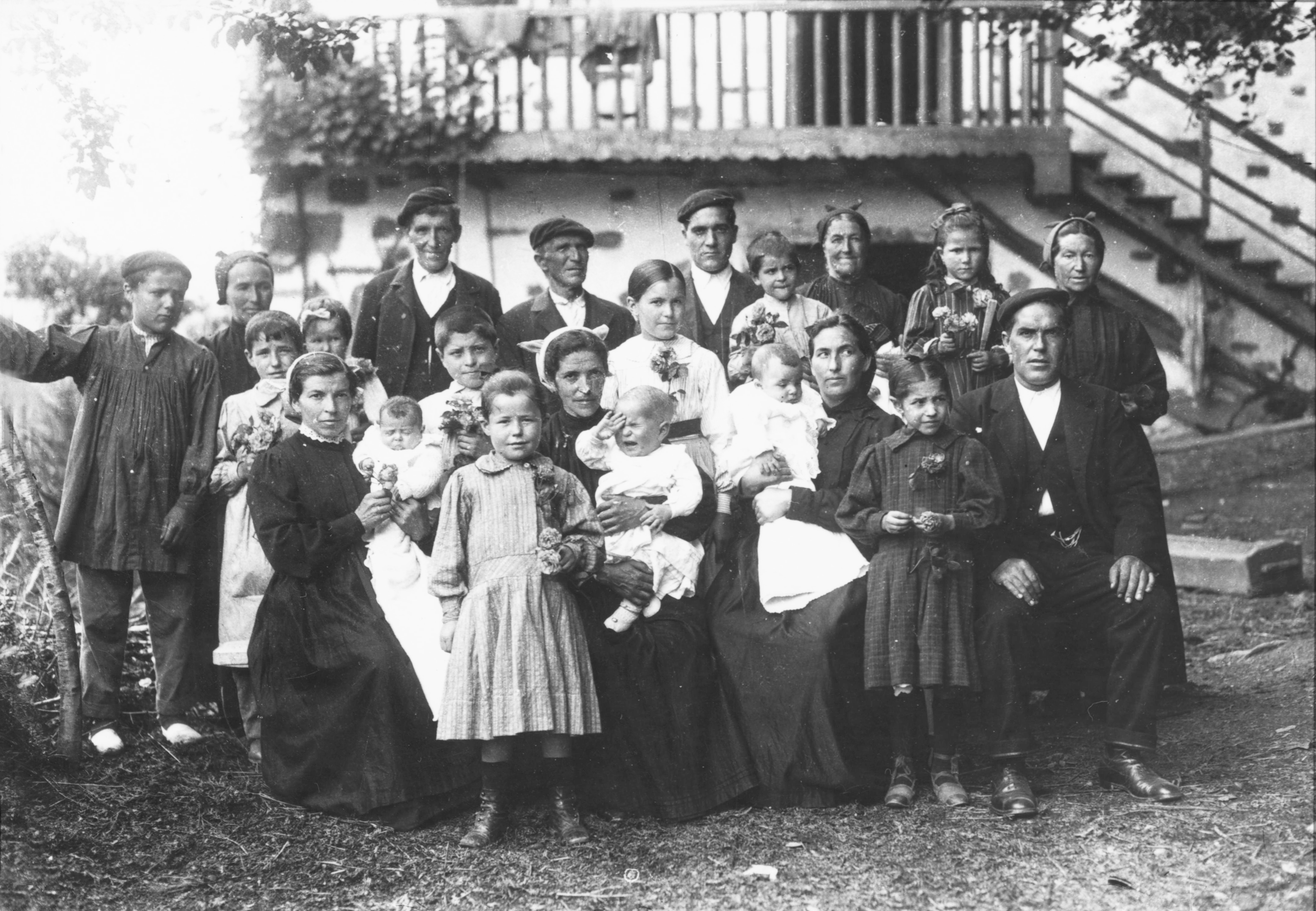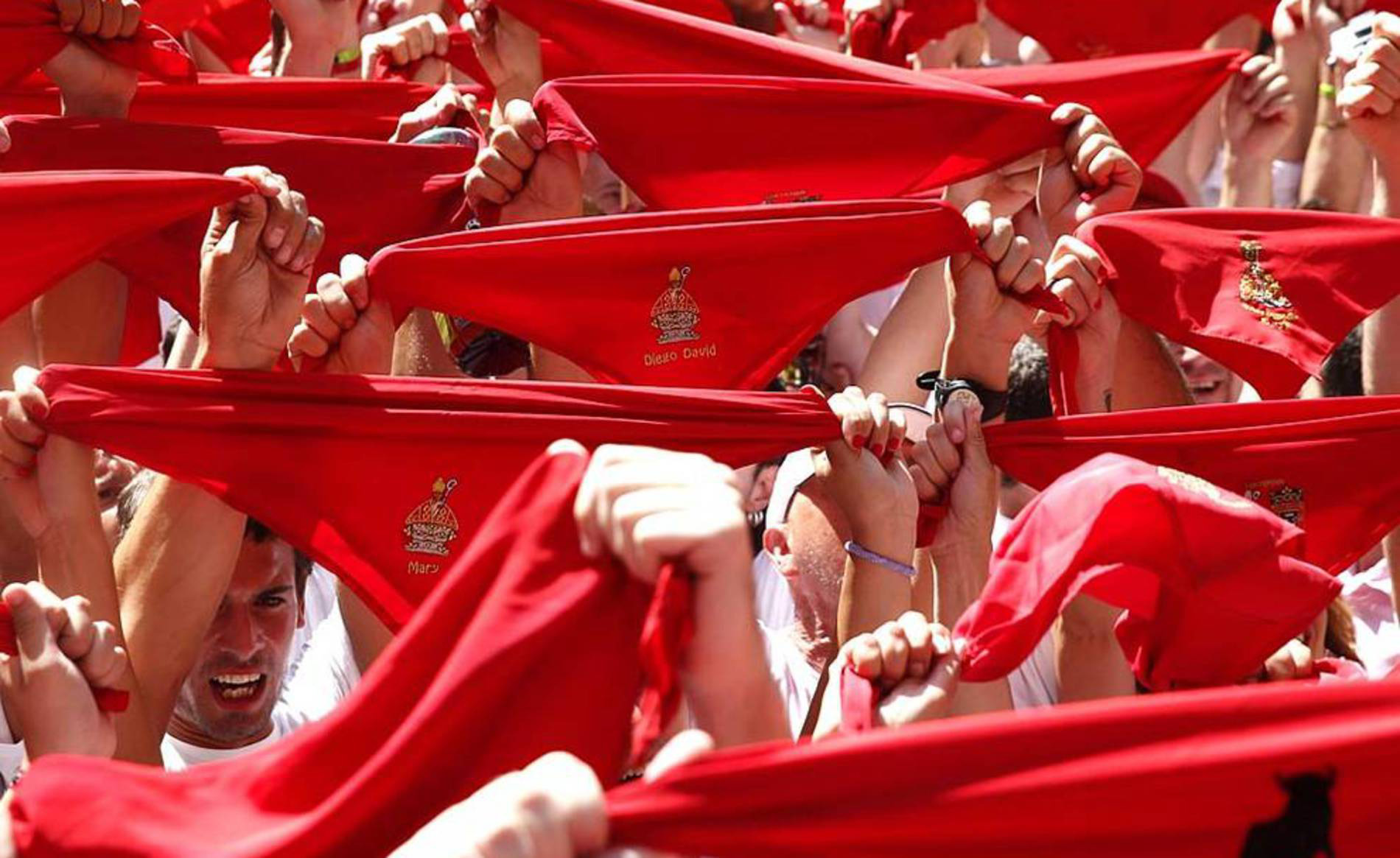Basque ethnography at a glance

Light offerings to Saint Wilgefortis. Urduliz, 2005. Akaitze Kamiruaga. Labayru Fundazioa Photographic Archive.
The feast of St Marina (popularly referred to as santa Mariñe) is celebrated on 20 July at the hermitage situated on the cliffs bearing the name of the saint and lying on the border between the towns of Urduliz and Sopela in Bizkaia. It is the only hermitage in Urduliz. Its location is unique as it was built on the rock itself, at the highest point of the town, about 350 metres away from the parish church. (more…)

Interior of the cave described herein. Carranza, 2016. Luis Manuel Peña. Labayru Fundazioa Photographic Archive.
Shepherding is an age-old occupation. José Miguel de Barandiaran already realised traditional pasture lands coincided with areas of highest concentration of dolmens, a fact that suggests such funerary constructions might have been built by people dedicated to animal husbandry. (more…)

An extended family. Artea (Bizkaia), c. 1930. Felipe Manterola Collection. Labayru Fundazioa Fotographic Archive.
The most common word to refer to a household in the Basque-speaking regions of Bizkaia is etxekoak. Although polysemous, that is its main meaning. The term familia makes particular reference to the offspring, and hence the phrase “Familia euki dabe” is to be understood as “They have started a family”. Senideak alludes more specifically to blood relatives and erantsiak to relatives by marriage, near relatives and close friends. (more…)

Festive explosion in the city hall square before the rocket launch. J.M.S. Azcona-EFE.
Life does not run in a straight line. Customs and traditional ways of life do not remain fixed and immutable. Well aware of this, José Miguel de Barandiaran, our guide and teacher, showed us it is not enough to record them as observed in the past. Their evolution and the alterations that led to new behavioural patterns should also be accounted for. (more…)

